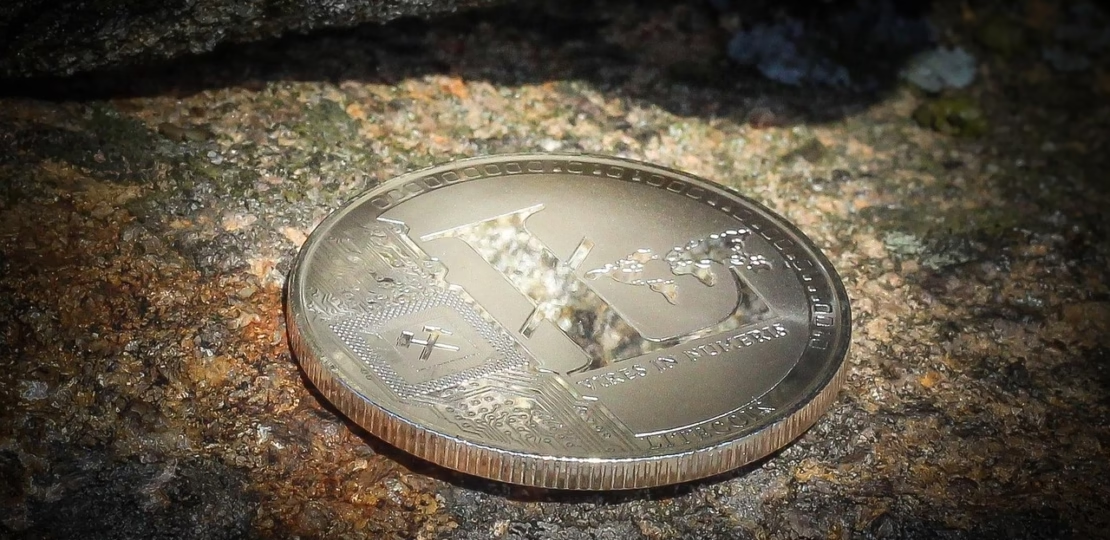“Stablecoins’ Integration into Mainstream Finance: Navigatin
June 17, 2025 | by Sophia Vance

Stablecoins’ Integration into Mainstream Finance: Navigating Opportunities and Regulatory Challenges
There’s a tectonic shift occurring at the crossroads of digital assets and traditional finance, and it’s accelerating. I’m Sophia Vance, and if you’re still dismissing stablecoins as a crypto side act, it’s time for a reality check. Stablecoins—those digital tokens pegged to the U.S. dollar or other fiat currencies—are no longer lurking on the fringe. They are inserting themselves, boldly and irreversibly, into the very arteries of global finance.
The Stablecoin Value Proposition: More Than Just “Crypto Dollars”
At its core, a stablecoin is about predictability. Crypto markets are notorious for volatility, but stablecoins like USDC, USDT, and DAI offer price stability while retaining the programmability and speed of crypto. Over the last 18 months, we’ve seen daily stablecoin settlement volumes eclipse $100 billion on some days, dwarfing even Visa’s average daily volume. This isn’t niche tech: it’s on the doorstep of mainstream adoption.
“In a digital-first world, the appetite for stable, instant, and borderless money is insatiable. Stablecoins are turning that appetite into structural change.”
Why Wall Street and FinTech Are Clamoring for Integration
Let’s be clear: Silicon Valley has already embraced stablecoins. FinTech platforms now routinely embed stablecoin rails for cross-border payments, yield-generating products, and on-ramps to crypto. Stripe and PayPal have both pressed stablecoins into service for instant settlements and global accessibility.
For Wall Street, the game is speed, cost, and transparency. Stablecoins:
- Settle transactions in real time—even on weekends.
- Slash settlement costs to near zero.
- Remove the labyrinthine bank delays and opaque correspondent fees, especially in cross-border flows.
Just last year, JPMorgan processed billions in tokenized asset settlements using their own JPM Coin, pivoting big banking itself onto crypto rails.
Decoding the Regulatory Thicket
The upside is huge—but integration hits a wall of regulatory complexity. Across the globe, regulators are torn. Some—like Singapore and Switzerland—are rolling out clear frameworks and licensing regimes tailored to stablecoin issuers. The EU’s Markets in Crypto-Assets regulation (MiCA) obligates stablecoins to back tokens 1:1 with reserves and undergo routine audits.
In the U.S., clarity is murkier. While legislation inches forward in Congress, the lack of cohesive federal guidance is stifling major banks and fintechs. We’re already seeing competitive divergence—Circle moving some operations to friendlier jurisdictions, and Tether operating with less U.S. exposure.
Risks and Realpolitik: Navigating the Gray Zones
Integration isn’t just about opportunity; it’s about vigilance. Systemic risks lurk if stablecoins balloon without transparent, high-quality backing. The collapse of Terra’s algorithmic stablecoin last cycle flashed neon warning lights: trust can evaporate overnight if the foundation is shaky.
Sound integration demands:
- Comprehensive disclosure and audited reserves.
- Stringent operational resilience (think: cyber risks, redemption guarantees).
- Global interoperability standards for anti-money laundering (AML) and know-your-customer (KYC).
It’s a dense regulatory maze, but necessary for trust and financial stability at scale.
The Smart Investor’s Foresight: What Comes Next
My outlook is simple: stablecoins will become the backbone of digital finance, not a sideshow. Banks will issue white-label stablecoins, FinTechs will broaden use cases from remittances to decentralized finance, and governments—whether via CBDCs or through regulation—will shape the playing field.
Winners in this space will be those who can walk the tightrope: embracing innovation without sacrificing transparency and compliance. The coming months will set precedents—watch the stablecoin sector with sharp attention, whether you’re a developer, an institution, or a curious investor. Because ignoring stablecoins now is like ignoring the internet in 1995.
“Finance rewards those who see structure in the chaos. Stablecoins are no longer noise—they’re the new signal.”
Stay sharp. The architecture of tomorrow’s finance is being built today—and stablecoins are already pouring the foundation.
— Sophia Vance
Financial analyst & crypto commentator

RELATED POSTS
View all



